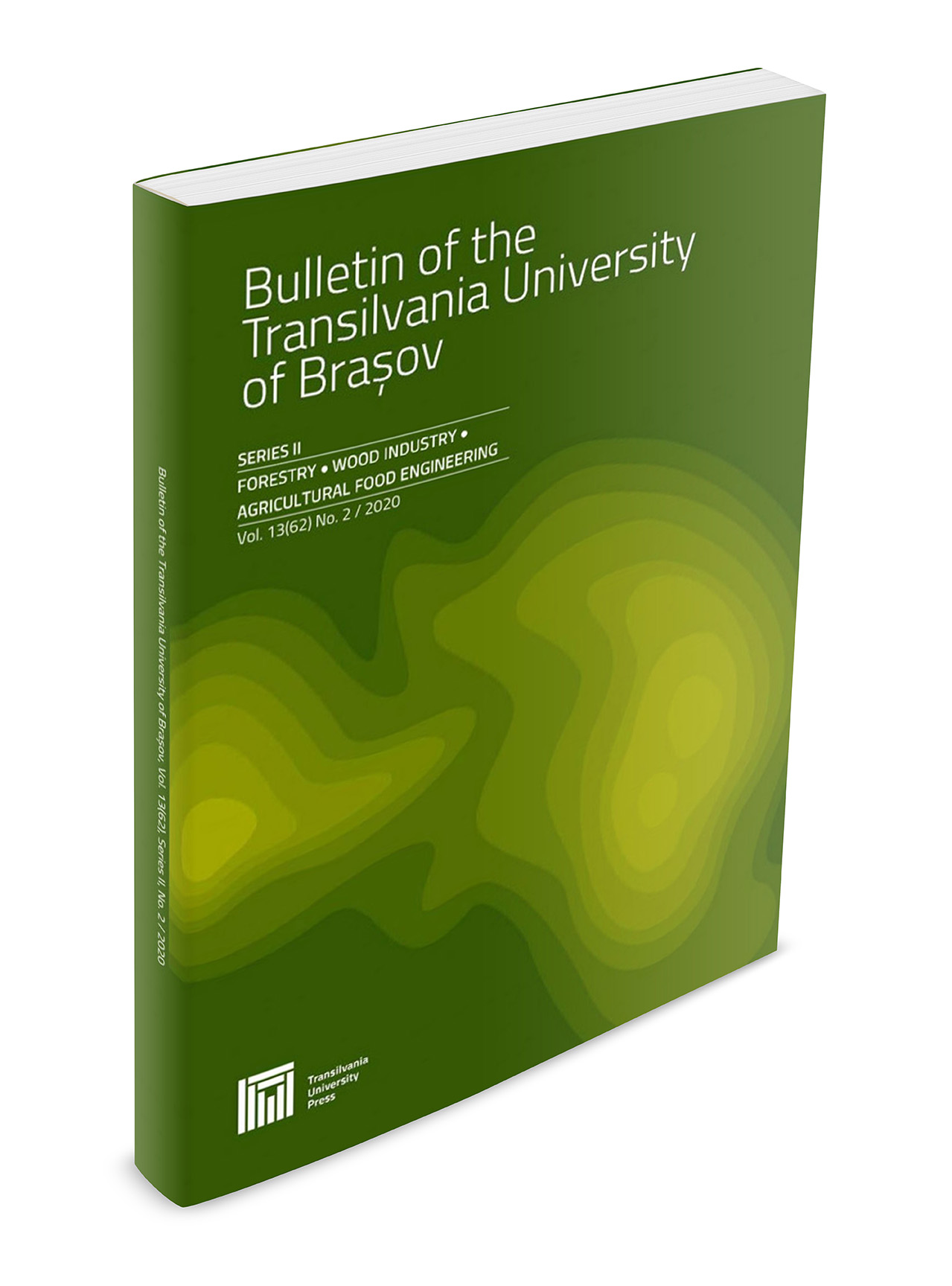The Influence of the Concentration of Gelling Agents on the Structural-Mechanical Properties of Composite Fruit Jellies from Pears
DOI:
https://doi.org/10.31926/but.fwiafe.2024.17.66.1.10Keywords:
gelling agents, structural-mechanical properties, composite jellyAbstract
This study aims to evaluate the influence of the different types of gelling agents at various concentrations on the structural-mechanical properties of composite fruit jellies. Sodium alginate, iota-carrageenan and low-esterified amidated pectin were used as gelling agents at four different concentration levels for the preparation of composite jellies. All the structural-mechanical properties of obtained jellies were determined by a penetration test with a texture analyzer. The rupture force is reduced in the highest extent when the concentration of low-esterified amidated pectin (LEAP) increases, while the lowest change was observed when the content of sodium alginate increases. The highest values of rupture force of the composite jellies to the control were obtained at the maximum concentration (1.6%) of added iota-carrageenan. Increasing the concentration of iota-carrageenan made the composite jellies harder and more elastic. The addition of sodium alginate and LEAP made them softer compared to the control sample. Regardless of the type and the concentration of the added gelling agents in the composite jellies, their adhesiveness was significantly higher compared to the control sample.



